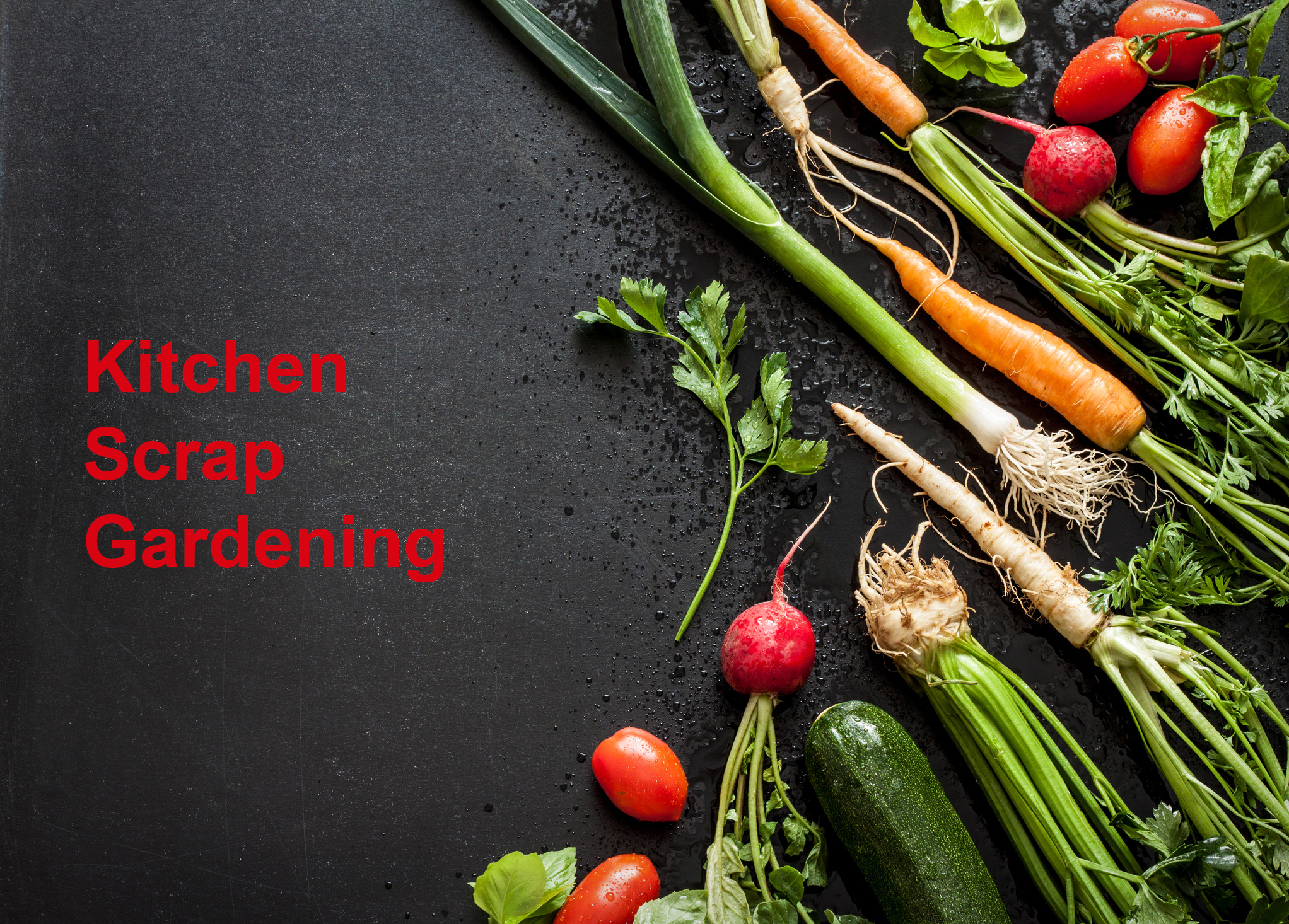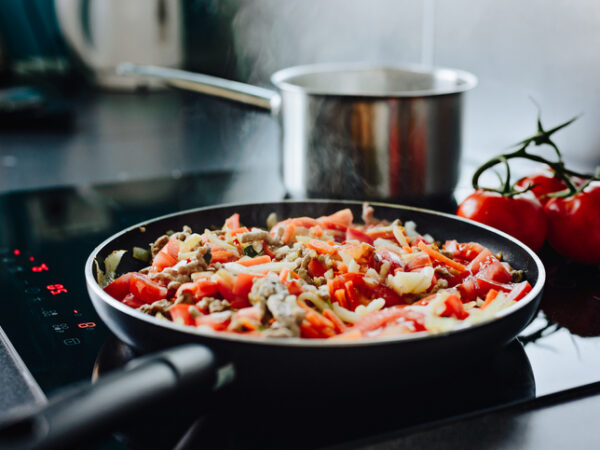With so many people busy starting seedlings indoors in anticipation of planting season, it may be difficult to find seeds as suppliers race to keep up with demand. But no worries, vegetable scraps can also be repurposed to give growers a head-start on a kitchen garden.
Using the uneaten pieces of carrots, celery, onion, garlic, head lettuce or new potatoes, a new plant can be started with just a pretty container and a half-inch of water. Don’t forget to refresh water frequently. Seeds from tomatoes or peppers can also be collected to start a new plant indoors with a little potting soil and regular watering.
Cuttings have long been used to start new plants and the project might be a fun experiment for children to share, even virtually, with their grandparents or other loved ones during this period of physical isolation. Nothing lifts the spirits more than watching something grow, and if it eventually produces food, all the better!
Root vegetables like turnips or beets can regrow leaves that can be trimmed and used in salads or stir fry. Fruit seeds can also be used to start a new plant indoors; it may take several years before a tree will mature and bear fruit, but they can make beautiful indoor plants. And while nurseries and garden centers are shuttered to help stop the spread of COVID-19, why not look in your own kitchen to start a windowsill garden? Use pretty glasses or small bowls for an elegant indoor scrap garden.
And even if you are not able to plant a garden outdoors, many scrap gardens can produce an edible harvest indoors or be planted later in containers on a patio or balcony.
For more information about how to get started on a garden from kitchen scraps, follow this link to Home and Garden Television. And for detailed instructions on how to re-grow many vegetables, fruits and herbs from kitchen scraps visit the Food Revolution Network here.






Add Your Voice
0 Comments
Join the Discussion